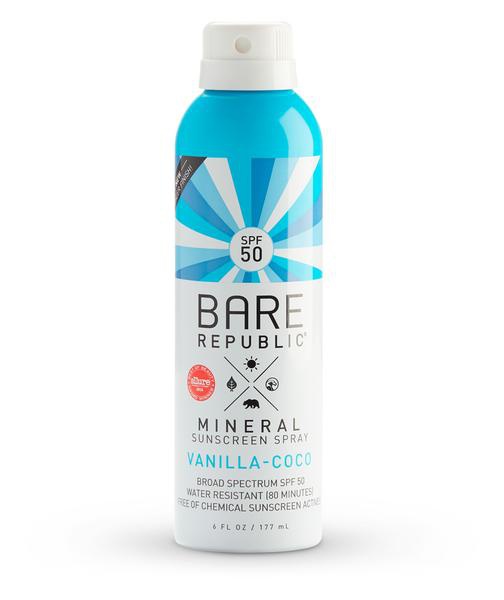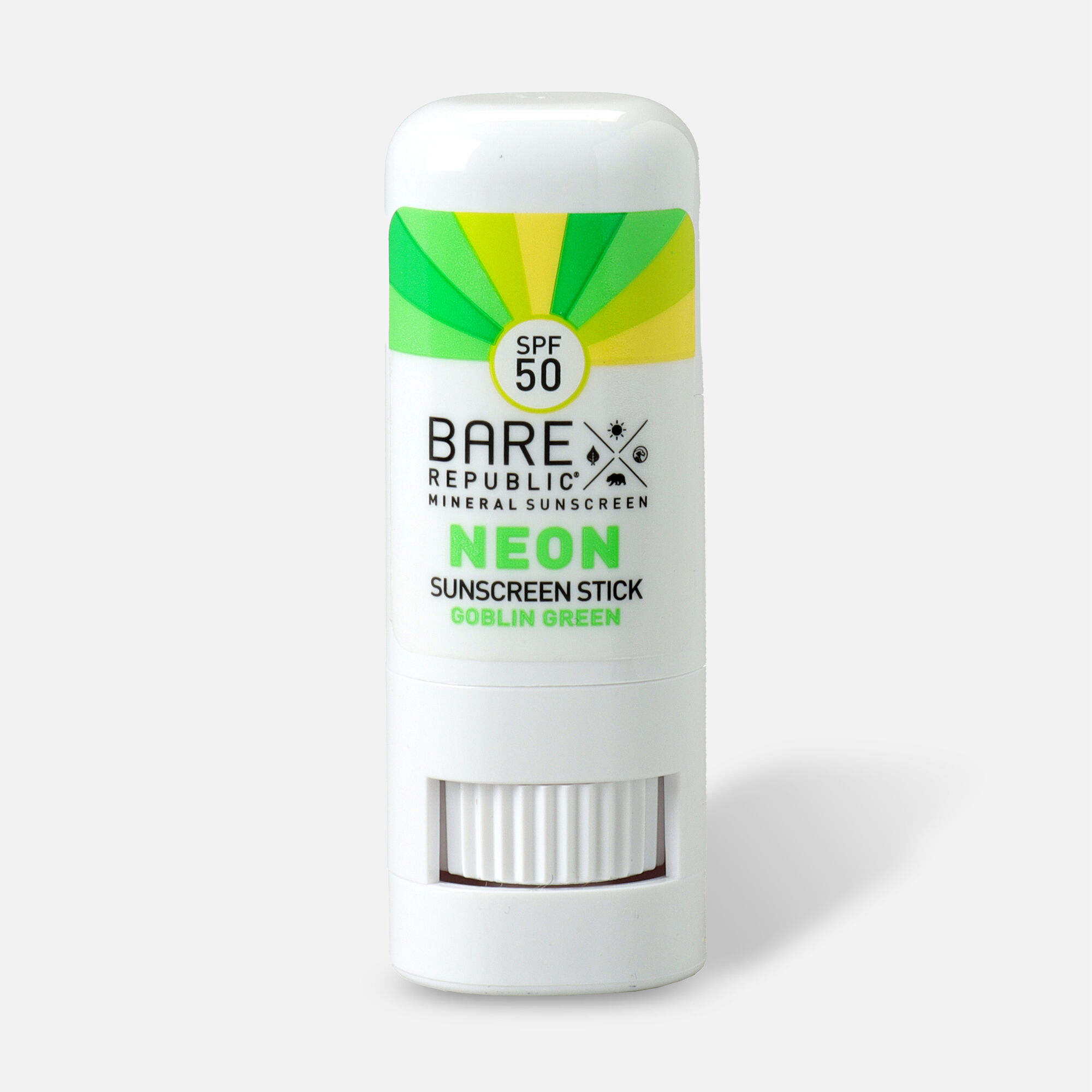

If you plan on visiting Mexico’s natural swimming holes or snorkeling beaches in Cancun, Playa del Carmen, or Cozumel, it’s worth checking if the area or private park bans visitors from using certain sunscreens. Tourists are encouraged to only bring biodegradable sunscreens through awareness campaigns by the tourism board as well as dive shops on the island, which offer snorkeling and boating tours in addition to scuba options.

The island, which already charges steep environmental fees to divers in an effort to conserve its colorful reefs, now allows only reef-friendly sunscreen to be sold on the island. The tiny scuba haven of Bonaire in the Caribbean has restricted the sale of sunscreens containing reef-toxic chemicals since January 2021. Still, visitors can align themselves with the city’s quashed efforts by choosing a non-nano mineral sunscreen.

A spokesperson for the city says that effort is still the city’s stance, although it has no current plans to revisit the sunscreen legislation. The ordinance passed by Key West and struck down by Governor Ron Desantis aimed to bar the sale and purchase of sunscreens containing oxybenzone and octinoxate. CODY SPINADEL Key West, FloridaĪfter voting to pass its own sunscreen restrictions back in 2019, the city of Key West was blocked last year by Florida’s governor from barring any sunscreen products. Key West has attempted sunscreen restrictions in an effort to protect its reefs. The restriction bans the import, sale, and production of sunscreen containing oxybenzone, according to Aruba’s tourism board, which recommends that tourists pack only reef-safe sunscreens if they do not plan on purchasing their SPF on-island. ArubaĪnother Caribbean hotspot for sunblock-slathered tourists, Aruba has outlawed sunscreens containing oxybenzone since July 2020 as part of a broader environmental law banning single-use plastics. Its strict stance might have something to do with the fact that the island chain was one subject in a years-long study into the effects of chemical sunscreens on reefs, in which seawater taken from the popular Trunk Bay swimming spot in Virgin Islands National Park was found to have some of the highest concentrations of oxybenzone in the study. The island chain does not permit the sale or use of sunscreens containing any of those three ingredients. Virgin Islands, which has outright banned sunscreens containing oxybenzone, octoerylene, and octinoxate since March 2020. Hawaii likely drew some inspiration from the U.S. to pass an official ban on the sale of certain sunscreens. The law has made Hawaii the first state in the U.S. The law applies primarily to shops selling the products in the state, but visitors can take note by switching to a mineral sunscreen that aligns with the new move if they plan on bringing their own. Getty Hawaiiīeginning on January 1 of this year the state of Hawaii enacted a sunscreen ban on the over-the-counter sale of those containing oxybenzone and octinoxate, and the state has more legislation pending to broaden the list of banned sunscreen ingredients. Hawaiian stores are no longer selling sunscreens containing oxybenzone and octinoxate. Here are seven destinations taking that stance in an effort to preserve their reefs and ocean life, and what visitors need to know.

More destinations are making an effort to warn swimmers against using reef-harming sunscreens, with some officials even outlawing them from being sold in the area with sunscreen bans for certain products. Mineral sunscreens ideal for use in lieu of chemical ones include Attitude’s array of non-nano zinc-oxide options, and for little ones there’s EarthBaby’s titanium-dioxide creams.
#BARE REPUBLIC SUNSCREEN BIODEGRADABLE SKIN#
As an added bonus, mineral sunscreens are also usually less-irritating to sensitive skin types, according to the Mayo Clinic. Non-nano mineral sunscreens (nano minerals can be toxic to invertebrates), which utilize ingredients like zinc oxide and titanium dioxide, are reef-safe and typically labeled as such. But the good news is there are comparable alternatives that work just as well to protect you without harming reefs. While sun-blocking ingredients like oxybenzone, octinoxate, and octoerylene have been deemed safe for human use, they have been found to exacerbate the reef bleaching associated with warming ocean temperatures.


 0 kommentar(er)
0 kommentar(er)
